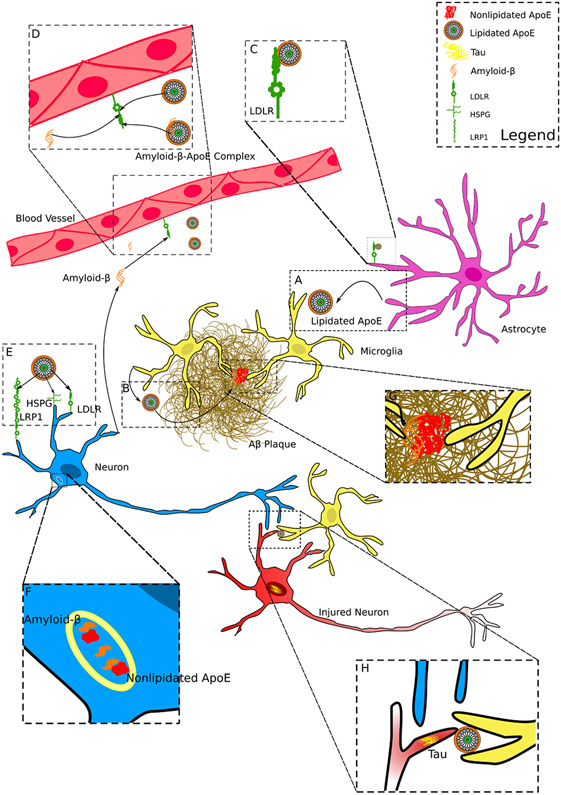Figure 4. Model of ApoE and where it may impact AD Neuropathology.
A) Lipidated ApoE is secreted primarily by astrocytes in the CNS.
B) Microglia secrete ApoE in disease conditions and microglial ApoE can be integrated into existing amyloid-β plaques.
C) ApoE is uptaken by LDLR present on astrocytes and other cell types, such as endothelial cells (see D) and neurons (see E).
D) Amyloid-β and lipidated ApoE may compete for clearance by binding to LDLR receptors. ApoE might also form complexes with amyloid-β which may promote clearance of amyloid-β.
E) ApoE is uptaken by neurons through receptors such as LDLR, LRP1, and HSPG.
F) Recycling endosomes or lysosomes in neurons are potential sites where non-lipidated or partially lipidated ApoE interacts with amyloid-β inducing amyloid-β fibrilization.
G) ApoE in plaques is presumably required for microglial clustering around amyloid-β plaques.
H) ApoE may promote the engulfment of dying or damaged synapses/neurons with fibrillar tau accumulation.

